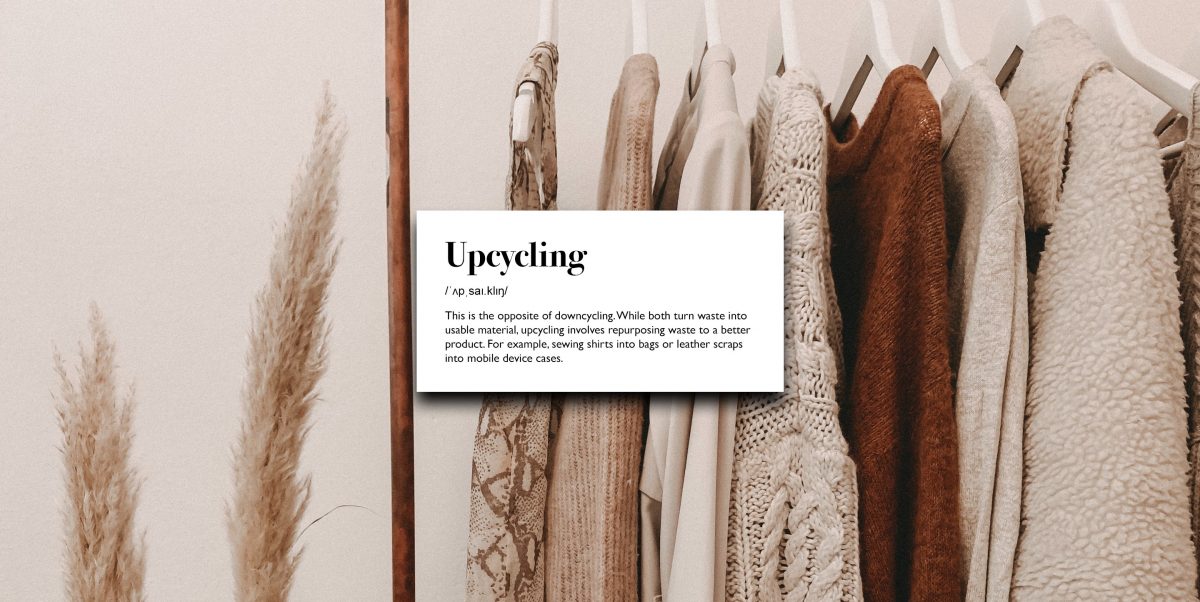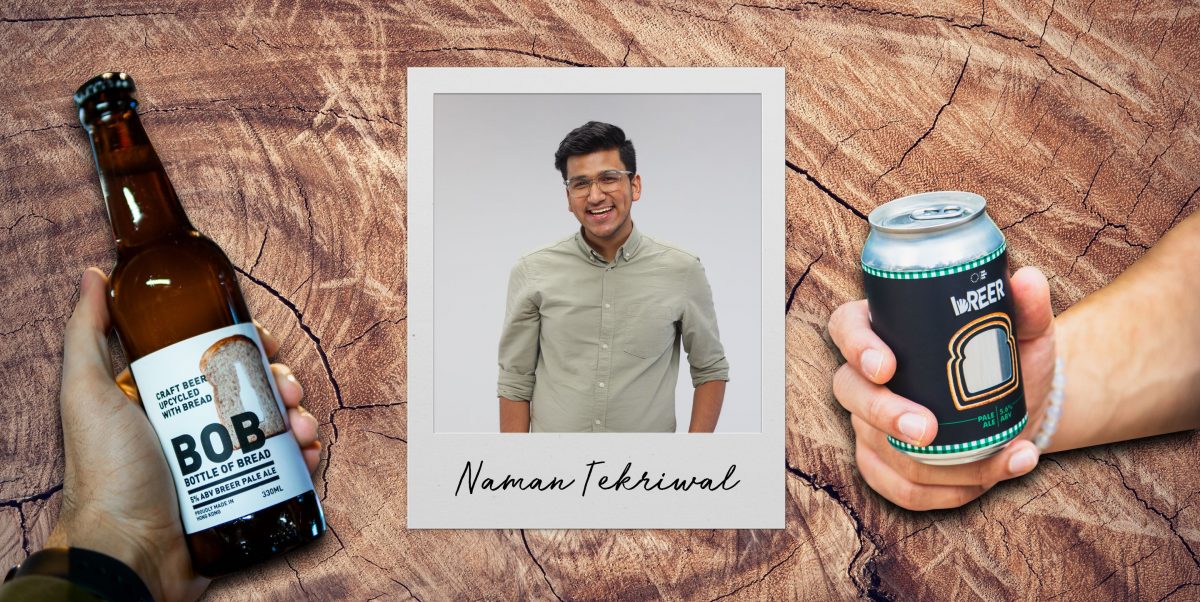When dipping your toes into the world of sustainable fashion, it’s important to know the terminology. While you might already be familiar with terms such as ‘fast fashion’ or ‘second-hand’, would you know the difference between ‘recycling’ and ‘upcycling’? Or whether a piece of clothing can be classified as ‘organic’ or ‘vegan’?
It’s easy to get stumped with all the new sustainability terms cropping up – but fret not! As part of our ‘Sustainability Defined‘ series, 8Shades is here to help guide you through the confusing world of responsible fashion, with these useful definitions for ten common sustainability terms.
See also: 10 Useful Food Sustainability Terms
Deadstock Fabric
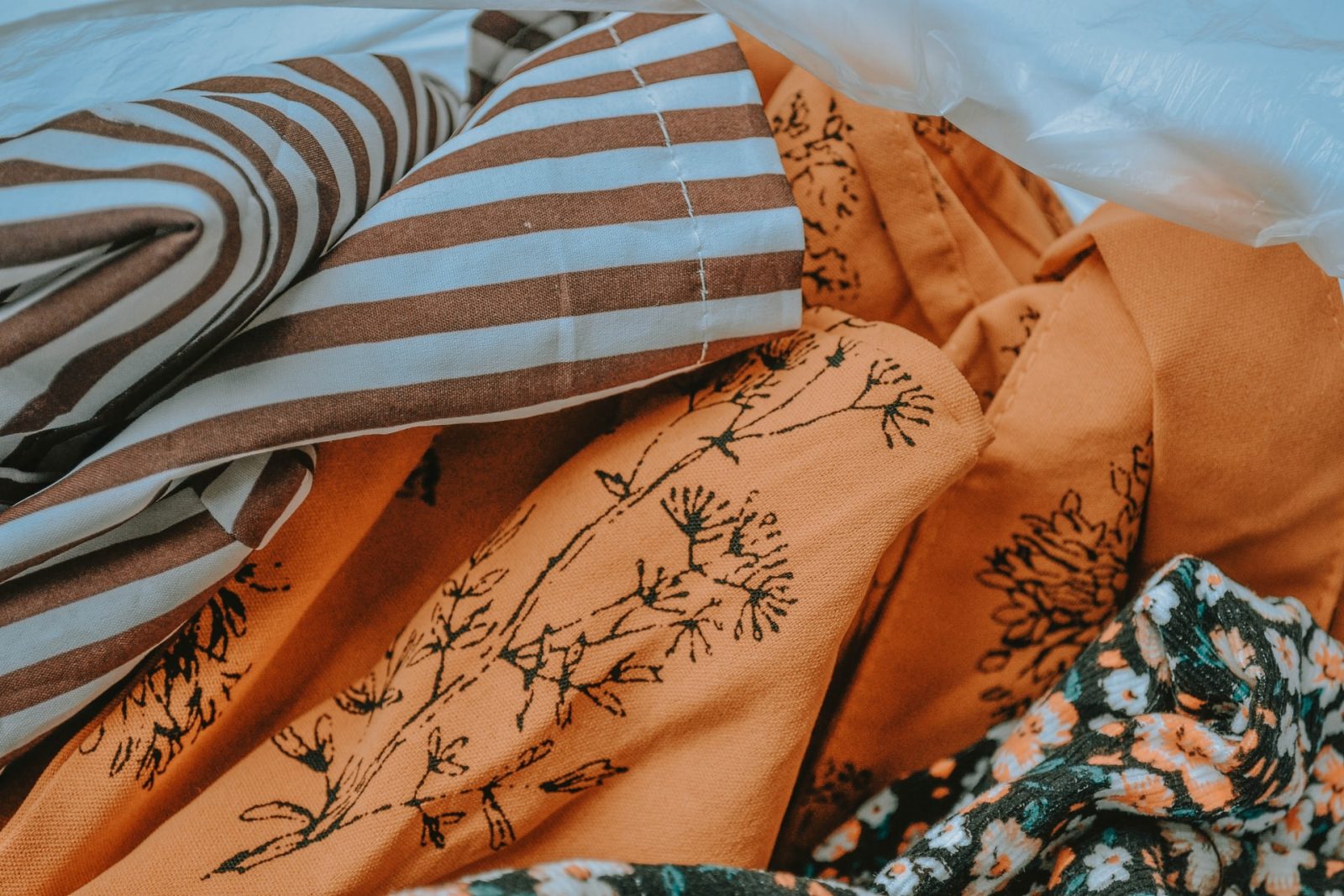
This may sound an unnerving term, but there’s nothing sinister about it! When fashion industry people refer to ‘deadstock fabric’, they’re talking about surplus or leftover fabric, which wasn’t used or sold and would have been ordinarily thrown away. Instead artisans repurpose these materials, breathing new life into them by incorporating them into their existing designs or creating entirely new pieces with them, thus extending their lifespan and enhancing their sustainability.
Downcycling
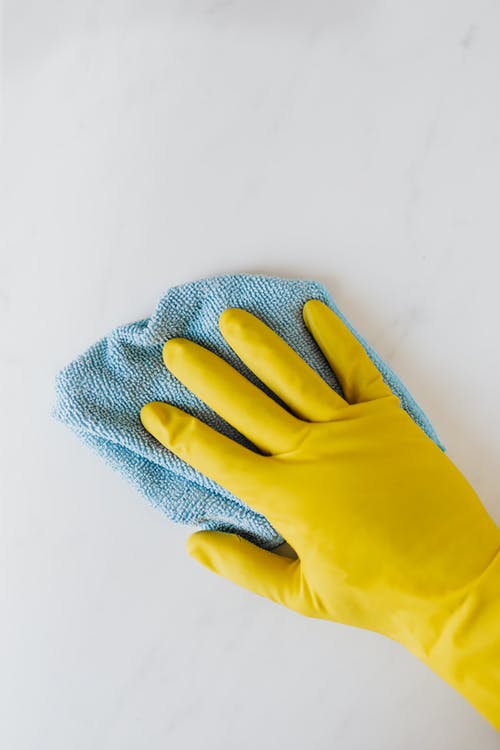
This is what happens when you break down a product to extend its life, keeping it from ending up in landfill. An example of this is when you use old socks or garments as cleaning rags, or when clothing is shredded down for its fibres to be used as insulation stuffing. A popular example of downcycling is Nike breaking down old sneakers to be used to make basketball courts.
Fair Fashion
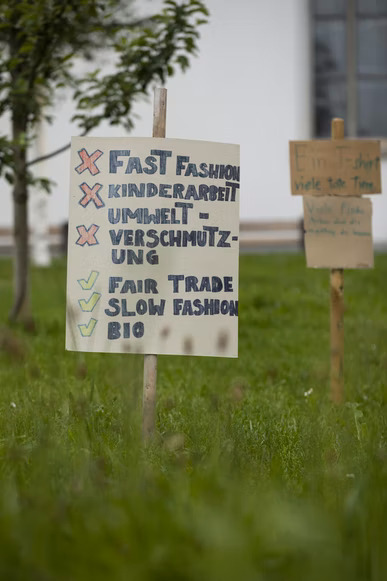
Also known as ‘fair trade’, this term is similar to its food equivalent – meaning companies that carry this label have ensured that the workers who make its clothes have been paid a fair wage and work at factories that meet or exceed safety guidelines.
Natural Fibres
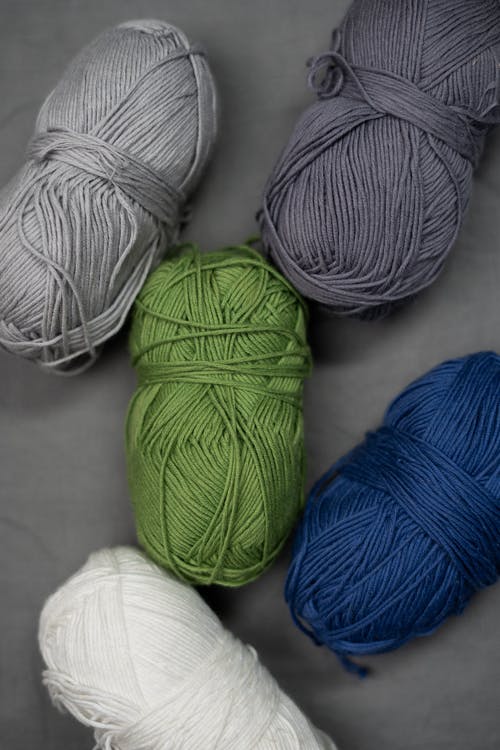
These are fibres like cotton, linen or wool that come from plants and animals, instead of synthetic sources like polyester. Though these are generally more sustainable, not all natural fibres are biodegradable – especially if they’re treated with chemicals during the manufacturing process. For instance, while leather is a natural fibre, it actually has a larger carbon footprint than polyester.
Organic

While closely associated with food sustainability, the term ‘organic’ can also be found in fashion. Organic clothing means clothes that were made from materials like cotton, wool or hemp that have not been genetically-modified or grown with chemicals. In addition to not using any pesticides, organic clothing also has the added benefit of being biodegradable.
Pre-Loved vs Vintage

Both of these refer to second-hand items that you might come across via a thrift shop, hand-me-downs or swapping with friends. ‘Vintage’ items have the added distinction of being over 20 years old and accurately representing the style of a certain era, like bell-bottom jeans from the 1970s.
See also: 8Shades Of Christina Dean of Redress
Sustainable Collections
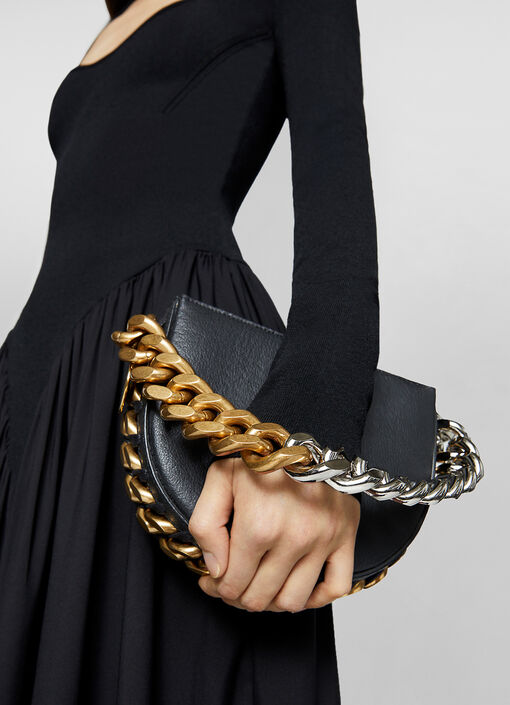
This is usually a brand’s way of highlighting their eco credentials, with collections that include items or accessories made from organic materials or eco-friendly packaging. Examples of this include Stella McCartney’s Mylo Bag that’s made from lab-grown mushroom leather and Zara’s Join Life Collection that uses fibres sourced from controlled-growth and protected forests.
See also: Why Is Sustainable Fashion More Expensive Than Fast Fashion?
Upcycling

This is essentially the opposite of downcycling. While both processes turn waste into usable material, upcycling involves repurposing waste to make it into a better product – for example, sewing shirts into bags or making leather scraps into mobile device cases.
Vegan
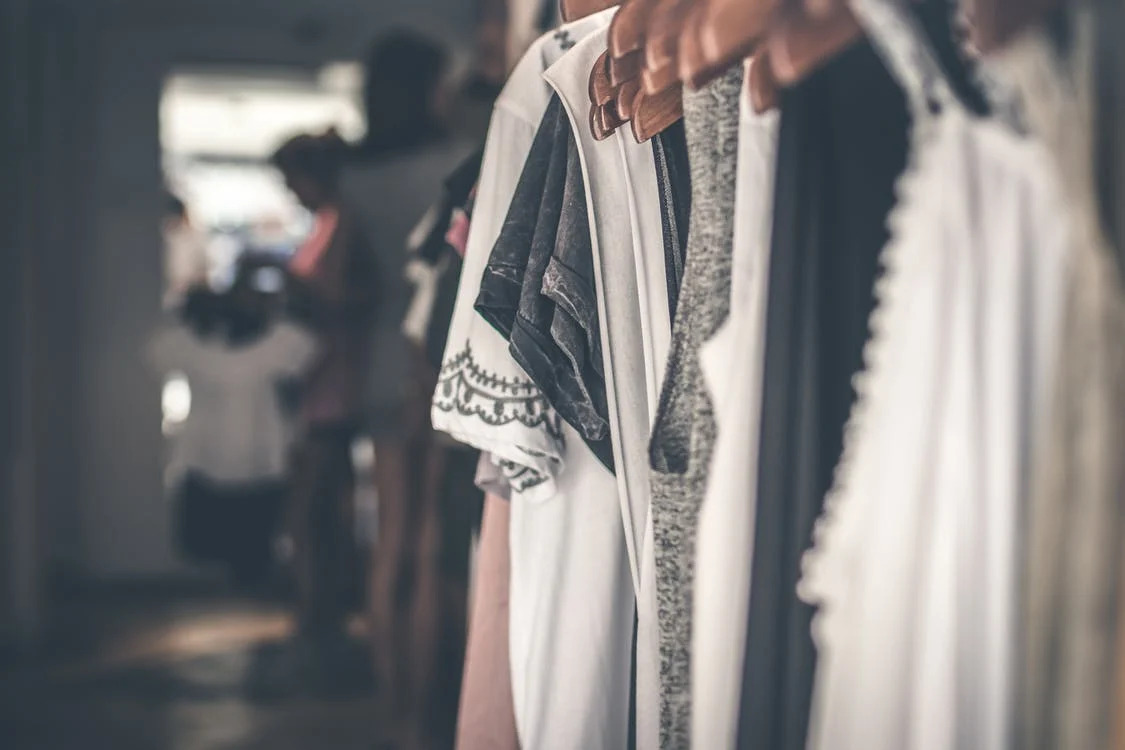
In addition to being cruelty-free and not tested on animals, vegan fashion also does not use any animal byproducts – so leather jackets, fur coats and wool mittens are a big no no.
Zero-Waste
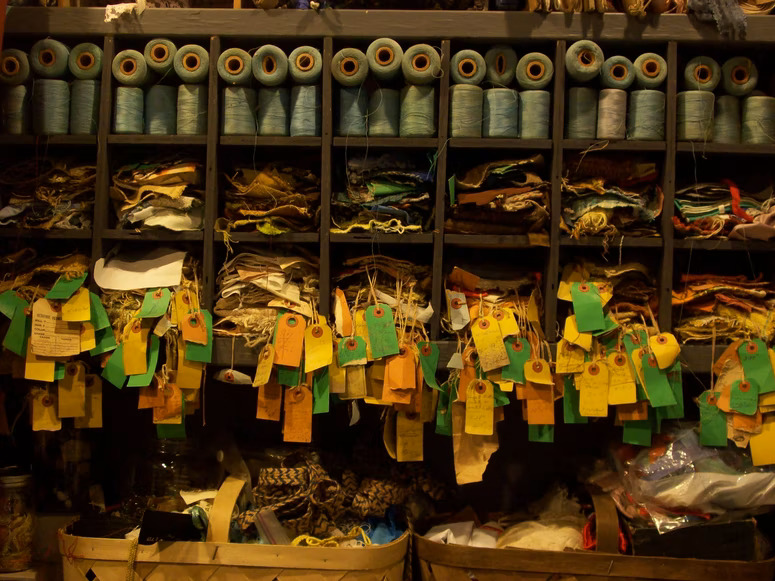
The fashion industry is notorious for creating a lot of rubbish. Zero-waste fashion aims to minimise the amount of waste created during the manufacturing process, as well as considering how items can be repaired to keep them out of landfill for as long as possible. An example is using fabric scraps to create other fashion items.
See also: 8 Sustainable Fashion Brands in Southeast Asia to Know
Sign up for the 8Shades weekly newsletter to get our top stories in your inbox!
